As former President Donald Trump settles into his second stint in the White House, a mounting raft of economic warning signals suggests the administration is facing a far tougher climate than the one it inherited. While Mr. Trump entered office promising a return to booming growth and U.S. manufacturing dominance, key indicators now point to a slowing economy, rising uncertainty and growing public unease.
Trouble Signs Begin to Stack Up
• A recent report from the nation’s budget office estimates that sweeping tariff measures spearheaded by the administration could cut the U.S. deficit by trillions, but at the cost of slower GDP growth, higher inflation and weaker household purchasing power.
• The travel and tourism sector, often a bellwether of consumer confidence and global mobility, has weakened sharply; analysts warn that direct losses could run into the tens of billions of dollars.
• A recent jobs-report showed a meager gain of just 22,000 jobs in one month, a figure that caught industry watchers off guard and triggered sharp criticism of the administration’s economic direction.
What’s Driving the Shift?
Trade and tariffs: Mr. Trump’s hallmark trade policy includes aggressive tariffs aimed at foreign imports and industrial-revival rhetoric. But economists caution the strategy is reaching diminishing returns, with supply chains already adapting, retaliation building and firms rethinking investments.
Implementation gaps: While lofty goals have been set—reshoring manufacturing, shrinking trade deficits, revitalising blue-collar employment—the rollout lacks clarity. Many business leaders and economists say the administration is struggling to translate slogans into credible, coherent policy.
Consumer and business sentiment: Confidence surveys have slipped, and companies point to rising costs, trade policy uncertainty and weak demand as reasons for caution. When businesses hold back on hiring or investing, the ripple effects on the broader economy can be significant.
Why This Matters
The economy has long been a centrepiece of political legitimacy in the U.S. For Mr. Trump, who campaigned on revitalising the American economy, failing to deliver credible progress threatens both policy and political capital. Slow growth and rising inflation can shift public mood, undermining not only the administration’s agenda but also its narrative of strength and renewal.
Furthermore, in a globally connected economy, the U.S. cannot entirely insulate itself from external headwinds. The weakening of sectors like travel or exports may hint at larger structural constraints—even if domestic policy tries to push harder in one direction. Finally, when uncertainty rises, households and businesses often become more conservative: fewer big purchases, fewer expansions, and slower overall momentum.
Looking Ahead
Observers are watching closely several key developments:
- Will the administration clarify how it will achieve its ambitious industrial and trade goals, beyond rhetoric?
- Can inflation be contained while the cost burdens of tariffs, interest-rate pressures and global supply disruptions mount?
- Will consumer and business confidence stabilise, or will the current softness deepen into broader stagnation?
- How will Congress and the private sector respond if economic metrics continue to underperform relative to expectations?
In short: the economic challenge facing this administration may be more complex than the one it inherited. As the early signals wobble, policymakers are entering a phase where promises must increasingly become measurable outcomes—or risk losing the narrative battle that underpins political as well as economic leadership.

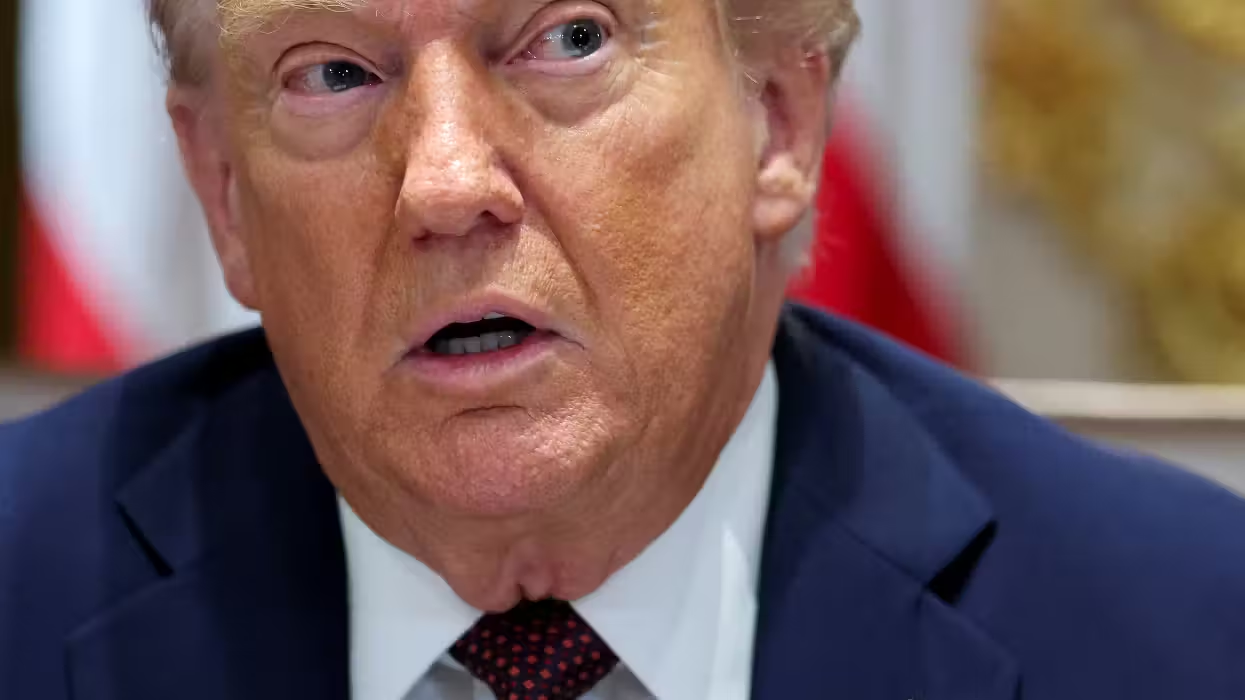

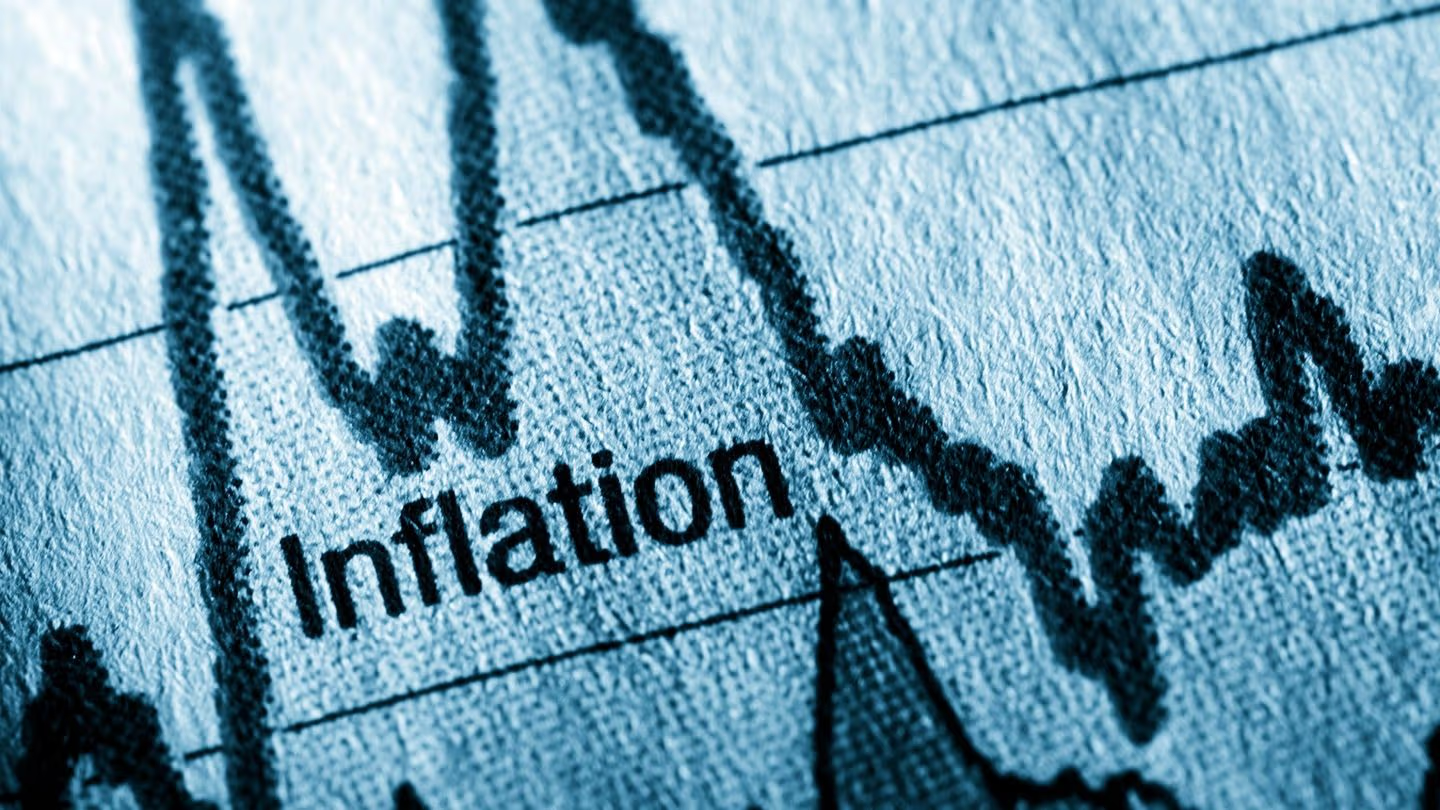




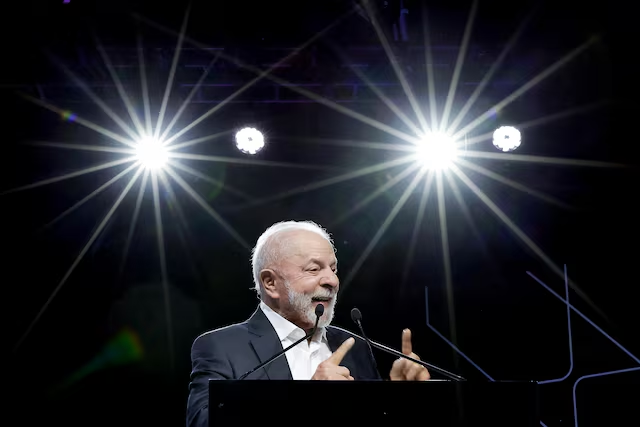

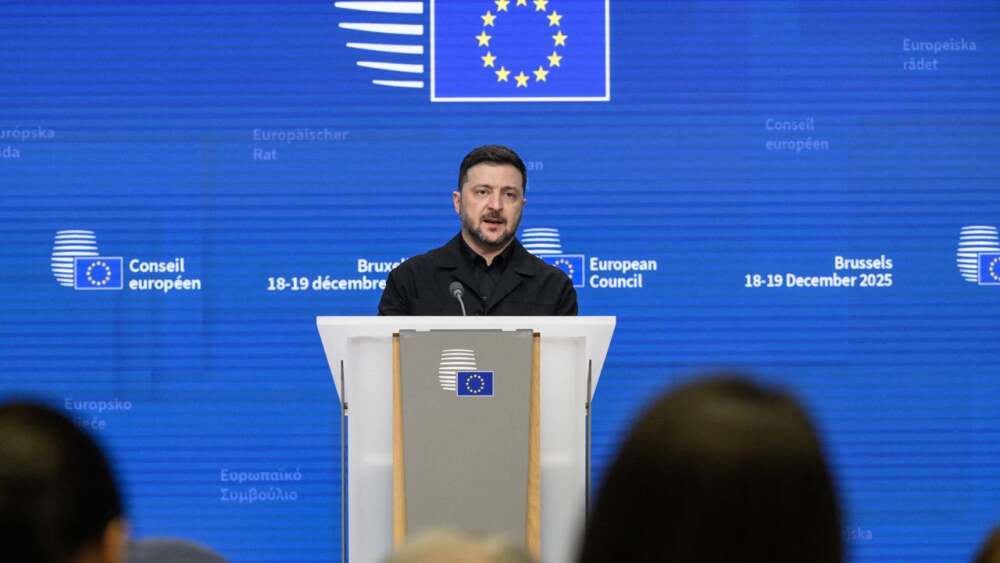



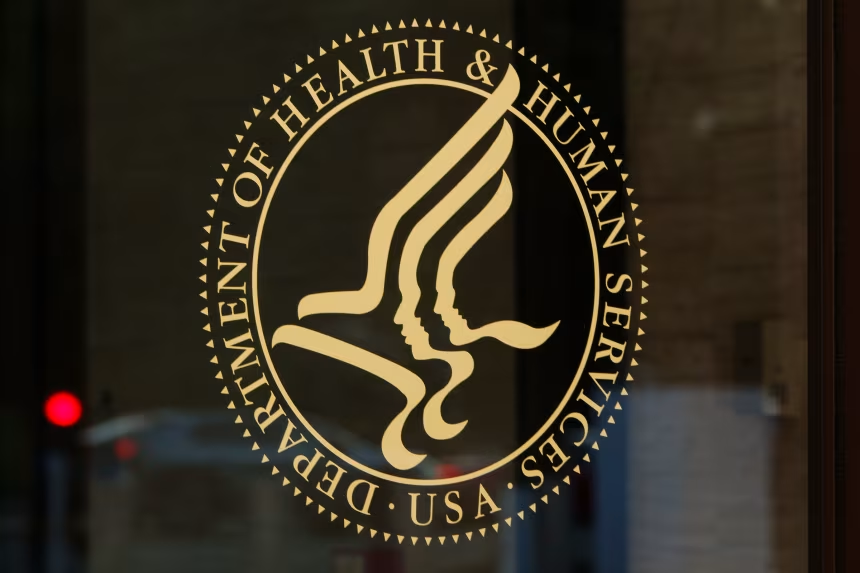
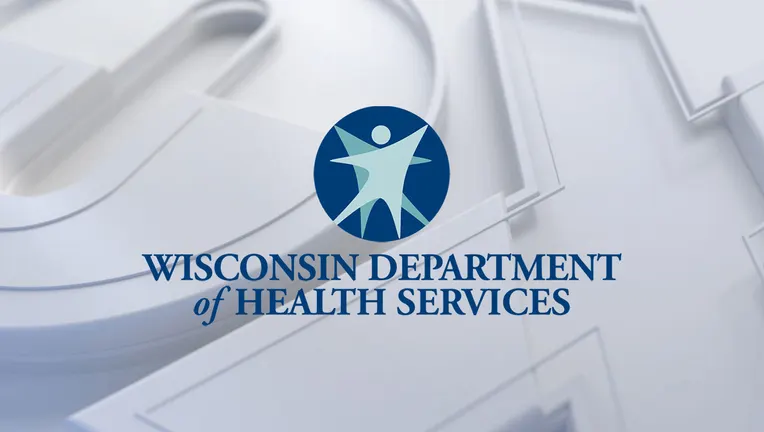
Leave a Reply